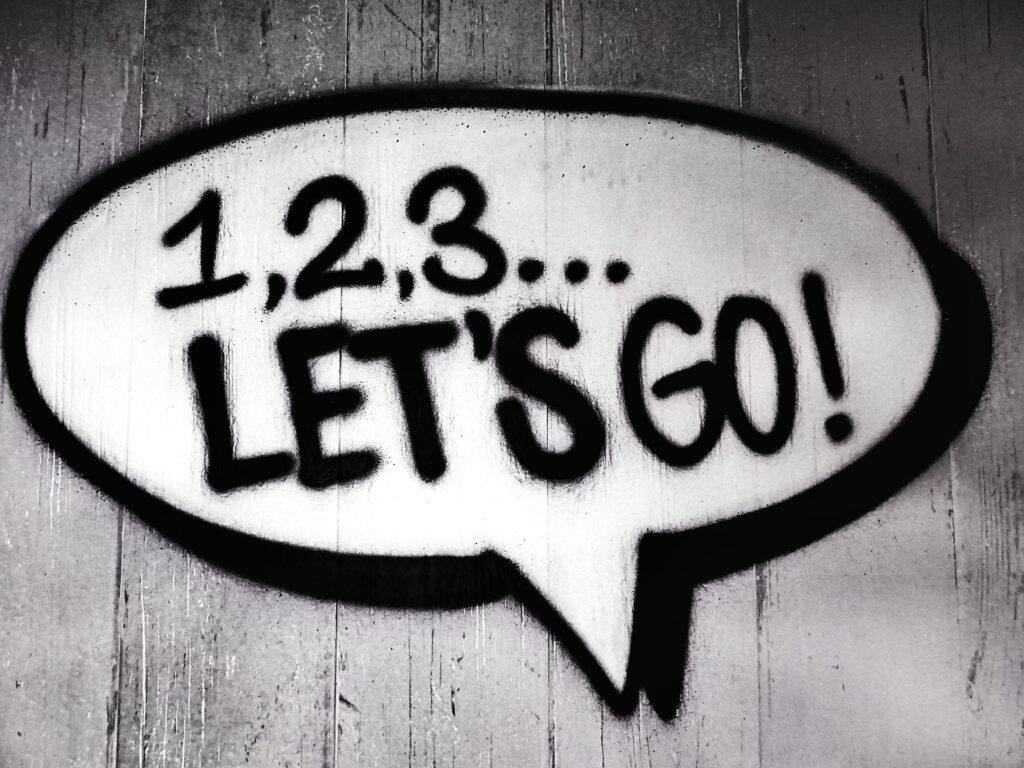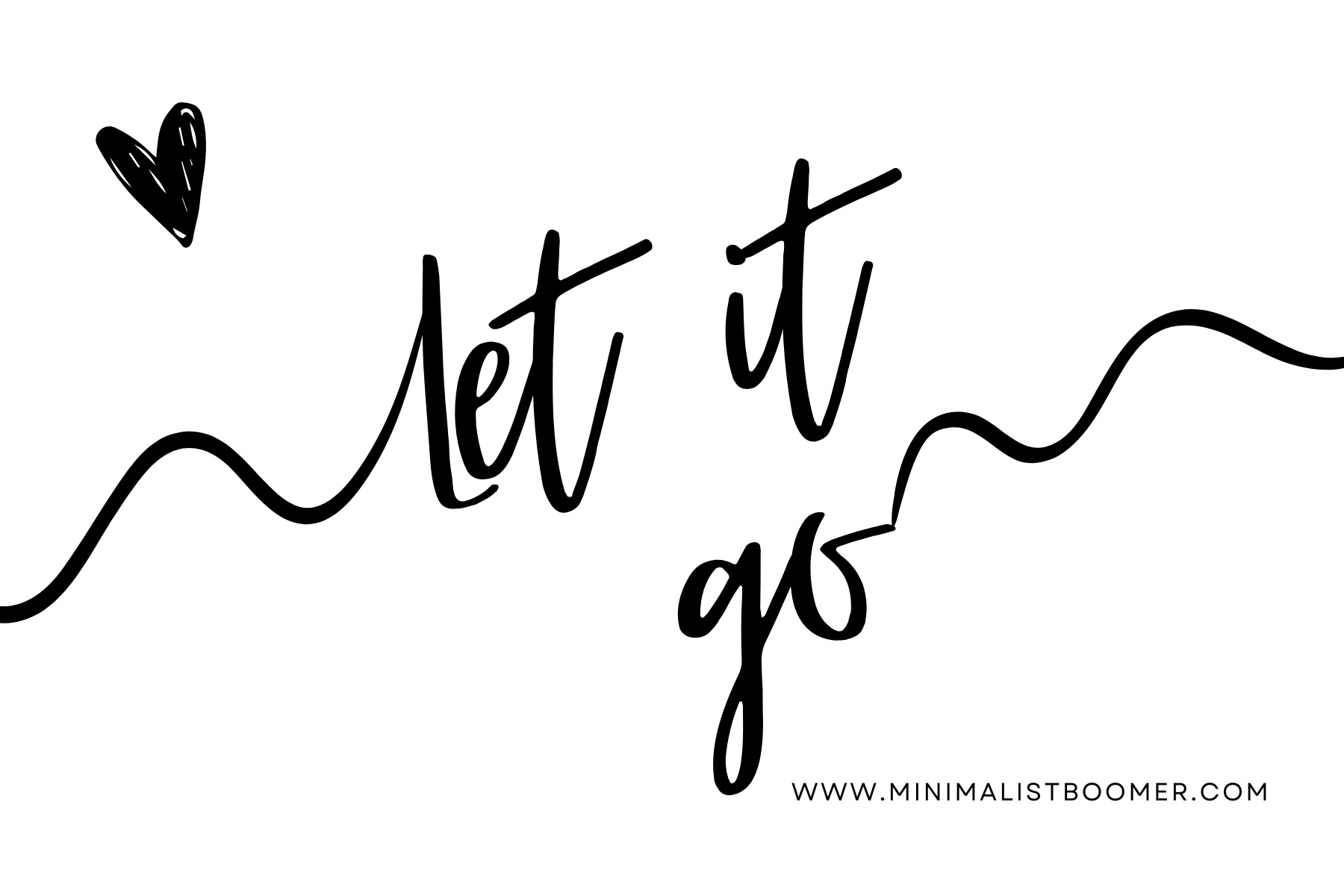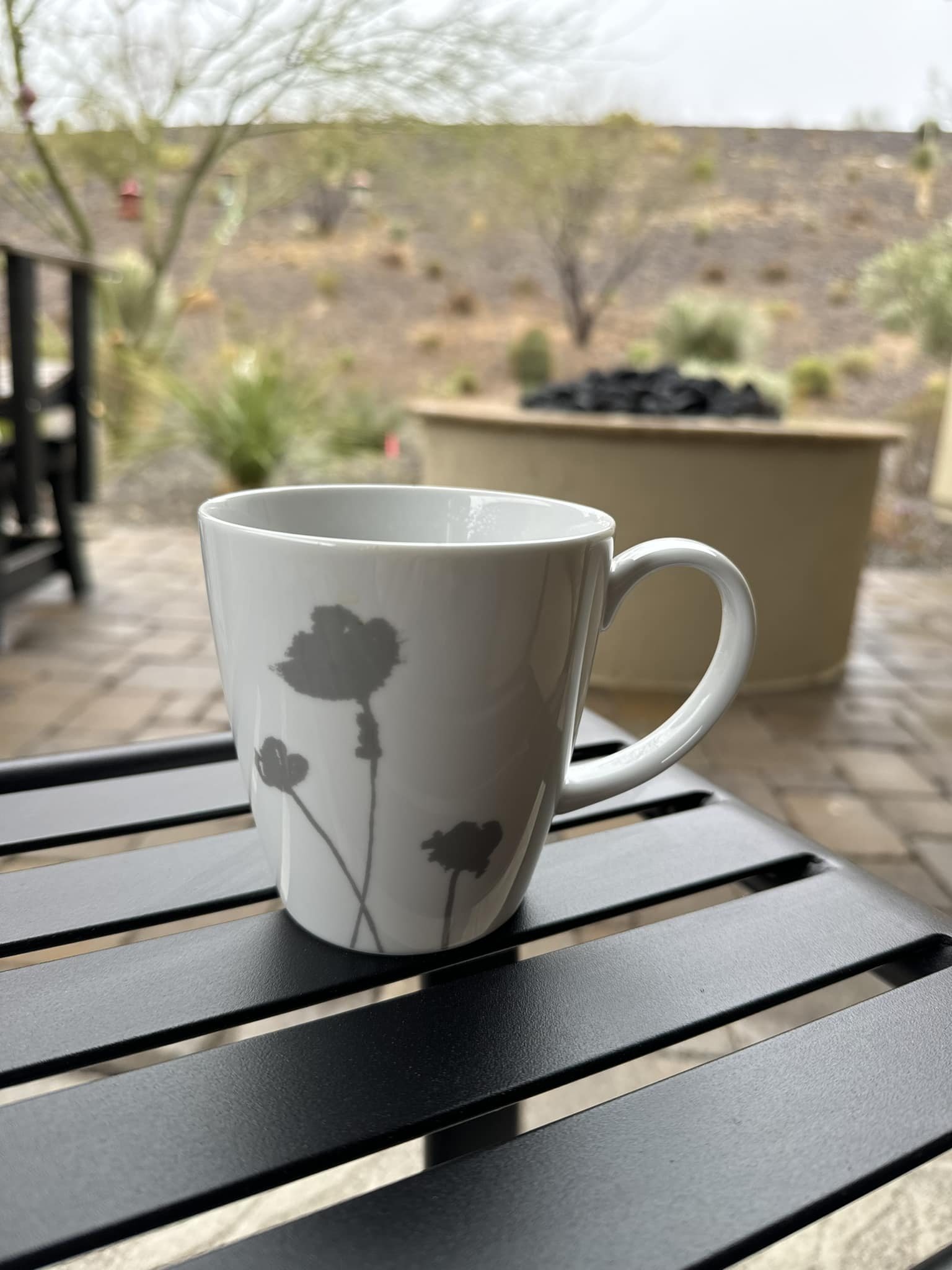“You can’t be everything to everyone. At some point you need to make a choice about what truly matters to you and why.”
― David Amerland
Intention can be defined as a mental state that represents a commitment to carrying out an action or achieving a goal. It is a deliberate choice that is made with purpose and clarity, and is often accompanied by a strong sense of motivation and focus.

When we live with intention, we are actively engaged in the process of creating and shaping our lives, rather than simply reacting to external circumstances.
Living with intention is a powerful way to approach life, allowing you to focus on what truly matters and make the most of each day. By setting clear goals and actively pursuing them, you can create a purpose-driven existence that aligns with your values and passions.

In this piece, we’ll explore the concept of intentional living and share some practical tips for incorporating it into your daily routine, empowering you to lead a more fulfilling and authentic life.
Living with intention
Living with intention is a popular concept that has been gaining traction in recent years. It involves being mindful and purposeful in everything you do, and making choices that align with your values and goals. At its core, living with intention is about taking control of your life and creating a sense of fulfillment and satisfaction.
“If you are not consciously building your habits, they are unconsciously building you.”
― Anika J. Green
Minimalist intentional living is a way of life that focuses on living with less. It’s about being mindful of what we own, what we buy, and what we consume. It’s about making intentional choices that align with our values and priorities.
It involves being mindful of the present moment, setting goals, and taking deliberate steps towards achieving them. When you live with intention, you feel more fulfilled, happier, and more in control of your life.
Understanding the benefits of living with intention
Are you tired of feeling like you’re just surviving instead of thriving? Living with intention can help you break free from that cycle. By setting clear intentions for your life, you can create a roadmap for success and happiness. Let’s talk about some of the benefits of living with intention and how you can make it a part of your daily routine.
- Increased focus and productivity: When we are clear about our goals and priorities, we are better able to focus our energy and attention on the things that matter most. This can lead to increased productivity and a greater sense of accomplishment.
- Greater sense of purpose: Living with intention can help us to clarify our values and goals, and to align our actions with our beliefs. This can create a greater sense of purpose and meaning in our lives.
- Improved relationships: When we are living with intention, we are more likely to communicate our needs and desires clearly, and to make choices that support our relationships. This can lead to stronger, healthier, and more fulfilling connections with others.
- Reduced stress and anxiety: By living with intention, we can reduce the stress and anxiety that often comes from feeling like we are being pulled in multiple directions. When we are clear about our priorities and values, we can make choices that support our well-being and reduce our overall level of stress.
Overall, living with intention is a powerful way to create a life that is filled with purpose, meaning, and fulfillment. By being deliberate about our choices and actions, we can shape our lives in a way that aligns with our values and helps us to achieve our goals.

Living with intention means being aware of your values and priorities and taking deliberate action towards your goals. It is about focusing on what matters most to you, and making choices that align with your vision for your life. A fork in the road can be an adventure rather than an obstacle.
Identifying your values and priorities

Living with intention starts with identifying what is most important to you. Take some time to reflect on your values and priorities. What do you care about most? What brings you joy and fulfillment? Once you have a clear understanding of your values and priorities, you can use them as a guide for making decisions and setting goals.
For example, I choose to thank God for waking up each day and take pleasure in looking for some small way to give back to our community. It can be as simple as sharing a meal with someone, making a donation to a local charity, helping out at our church, or just passing along a kind word to someone who needs one.

It’s important to me to look for ways to show gratitude and to give thanks. Gratitude can remind us focus on what we have instead of what we lack, leading to greater contentment and satisfaction with life.
We all have dreams and aspirations, but how do we turn them into reality? By setting clear goals and identifying our priorities, we can create a roadmap for success.
Setting goals
Setting goals that are specific, measurable, achievable, and time-bound is an effective way to live with intention. When you set goals, you have a clear idea of what you want to achieve, how you will measure your progress, and when you plan to achieve it. This helps you stay focused and motivated and ensures that you are taking deliberate steps towards your vision for your life.

Creating a plan of action
Once you have identified your values and set goals, it’s time to create a plan of action. Break your goals down into smaller, actionable steps. Determine what resources you will need to achieve your goals and create a timeline for completing each step. Having a plan in place helps you stay organized and focused and makes it easier to track your progress.
Holding yourself accountable
Living with intention requires accountability. Hold yourself accountable for taking action toward your goals. Check in with yourself regularly to ensure that you are staying on track. If you find yourself falling behind, adjust your plan as needed. Having an accountability partner can also be helpful. Share your goals with someone you trust and ask them to check in with you regularly to ensure that you are making progress.
Living with intention is a journey, not a destination. It takes time, effort, and commitment to live a life that aligns with your values and priorities. By identifying your values, setting goals, creating a plan of action, and holding yourself accountable, you can start living with intention today.

“Always listen to experts. They’ll tell you what can’t be done, and why. Then do it.”
― Robert A. Heinlein
Obstacles to living with intention
Living with intention is a practice that requires daily effort and commitment. It’s about being mindful of your actions, thoughts, and goals, and aligning them with your values and purpose. However, there are some obstacles that can slow down your ability to live intentionally. Here are some common obstacles and strategies for overcoming them.
Identifying common obstacles

One of the biggest obstacles to living with intention is the lack of clarity about your values and purpose. Without a clear understanding of what you want to achieve and why it matters to you, it’s hard to make intentional choices and take purposeful actions.
Here are a few common obstacles you may encounter.
- Distractions and timewasters
- Negative self-talk and limiting beliefs.
- Fear of failure or rejection
- Procrastination and lack of motivation
- Perfectionism and unrealistic expectations
These obstacles can prevent you from living with intention by keeping you stuck in a cycle of indecision, self-doubt, and inaction. However, with the right strategies, you can overcome them and move forward towards a more intentional life.

Strategies for overcoming obstacles
If you’re facing a an obstacle, don’t worry. There are all sorts of strategies you can use to get past it. First things first, take a deep breath and remind yourself that you’ve got this! Then, break the problem down into smaller, manageable steps. Don’t try to tackle it all at once.
Remember, there’s no shame in asking for help. Reach out to friends, family, or a professional if needed. You got this!
Here are some strategies that can help you overcome the obstacles to living with intention.
- Clarify your values and purpose: Take time to reflect on what matters to you and why. Write down your values and purpose statement to provide clarity and direction for your life.
- Eliminate distractions: Identify the timewasters and distractions that are keeping you from being intentional. Use apps or tools to block or limit access to social media, email, or other distractions during your focused work time.
- Challenge limiting beliefs: Identify the negative self-talk and limiting beliefs that are holding you back. Replace them with positive affirmations and evidence-based beliefs that support your goals.
- Take small steps: Break down your goals into small, manageable steps that you can take every day. Celebrate your progress and use it as motivation to keep going.
- Cultivate self-compassion: Be kind and understanding toward yourself when you face challenges or setbacks. Use self-compassion practices such as mindfulness and gratitude to boost your resilience and wellbeing.

These strategies can help you overcome the obstacles to living with intention and create a more intentional, purposeful, and fulfilling life. By being mindful of the obstacles and using these strategies to overcome them, you can live with more intention and achieve your goals with greater ease and joy.
Living with intention means living a life that aligns with your values and goals. It involves being mindful of your choices and actions, and making decisions that lead you toward the life you want to live.
Living with intention brings a sense of purpose and fulfillment to daily life. By setting clear goals and values, individuals can make conscious choices that align with their beliefs. This leads to improved mental well-being, stronger relationships, and increased personal growth.
Taking the time to reflect on one’s intentions can help identify areas for improvement. This allows for intentional changes in daily routines and decisions. By focusing on the present moment, individuals can fully engage in their experiences and make meaningful connections with others.
Incorporating mindfulness practices, such as prayer and journaling, can further support intentional living. These techniques help build self-awareness and provide a foundation for personal development. Embracing a life of intention can lead to lasting positive change, both internally and externally.
“Pursue what catches your heart, not what catches your eyes.”
― Roy T. Bennett

It’s Your Life…Make it Count
When you live with intention, you feel more fulfilled, happier, and more in control of your life. Start living intentionally today by identifying your values and goals, being mindful, taking action, and showing gratitude by giving back.




